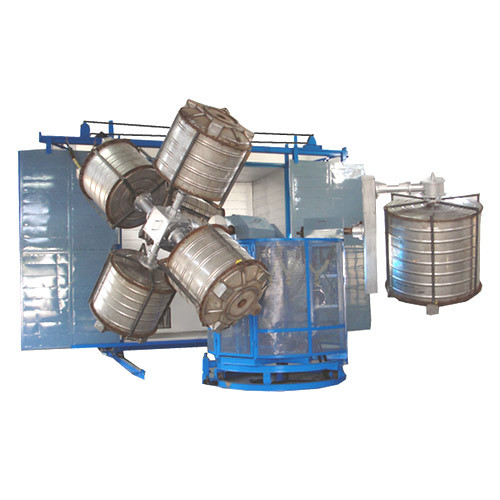Rotational molding, sometimes called rotomolding, is really a versatile manufacturing procedure accustomed to generate hollow plastic material parts. From manufacturing tanks and storage containers to toys and leisure time products, rotomolding supplies a inexpensive remedy for producing a wide array of products. Here’s all that you should learn about this revolutionary production approach.
How Rotomolding Functions
Rotomolding entails four crucial steps: mildew launching, heating, cooling down, and component eradication.
Mildew Reloading: A exact volume of polymer resin in powder form is loaded into a hollow mold.
Heating: The mildew is rotated biaxially in an oven when being heated up. Because the fungus rotates, the powdered resin layers the inside area, melting and creating a consistent coating. The heat leads to the resin to fuse and follow the fungus walls.
Cooling down: After the wanted size is attained, the mildew is cooled when still in movement, solidifying the plastic-type in to the desired design.
Portion Removing: Following cooling, the finished aspect is taken off from the mold, all set for just about any necessary finishing details.
Advantages of Rotomolding
Layout Versatility: Rotomolding allows for intricate shapes and intricate patterns to get developed without resorting to additional tooling or set up.
Charge-Efficiency: In comparison to other developing operations like injections molding, rotomolding usually needs reduced upfront tooling costs, which makes it suitable for little to method production operates.
Material Versatility: A variety of polymers may be used in rotomolding, which includes polyethylene, polypropylene, and Pvc material, offering flexibility in materials choice for certain application needs.
Sturdiness and Strength: Rotomolded components demonstrate exceptional power-to-body weight proportions, leading them to be appropriate for demanding apps like vehicle components and commercial storage containers.
Applications of Rotomolding
Rotomolding locates programs across various businesses:
Vehicle: Energy tanks, air flow tubes, and indoor parts.
Commercial: Storage space tanks, gardening storage units, and fabric coping with equipment.
